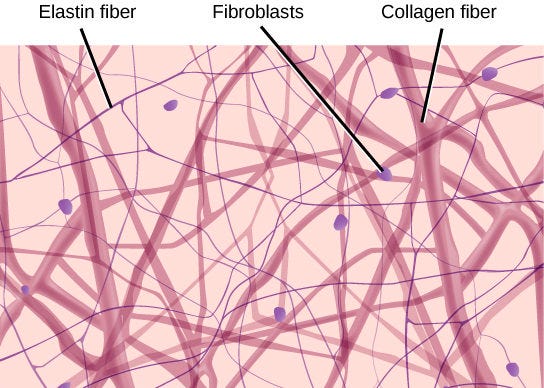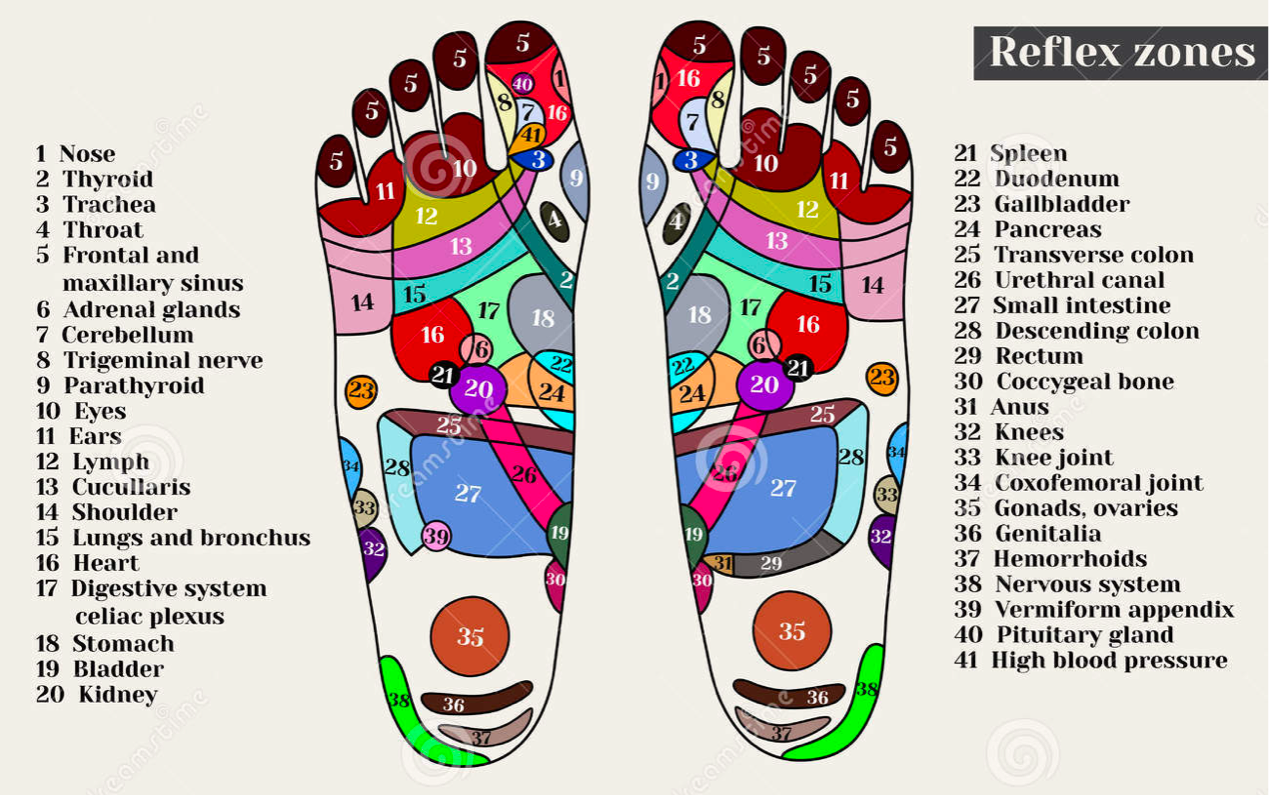What acupuncture teaches us about bioelectricity
Acupuncture can be thought of as a technique for accessing and influencing the bioelectric system.
Traditional Eastern medicine practices such as acupuncture were ahead of their time in many respects, especially when it comes to recognizing the body’s capacity for healing itself.
With limited information but deep insight, early acupuncture practitioners figured out an elegant way to promote self-healing by inserting thin needles into specific points on the body (called acupoints).
Although the scientific basis of acupuncture is poorly understood, biological models of acupuncture suggest that the underlying mechanism involves bioelectric signaling.
All cells in the body use bioelectrical signaling to communicate and coordinate among themselves about how and where to grow. Understanding this bioelectric system may allow scientists to direct cells towards repairing tissue or organs that have been damaged by disease, trauma, cancer, or aging.
(for a primer on bioelectricity, start here)
In other words, novel therapies based on bioelectricity may guide the body towards healing itself just like acupuncture practitioners have been doing for thousands of years.
The field of bioelectricity is still relatively young, however, and medical applications will require a more robust understanding of the human bioelectric system. It’s worth exploring what we can learn from the practice of acupuncture to inform the design of novel bioelectric diagnostics and therapeutics.
Biological model of acupuncture
There are multiple competing biological models of acupuncture, but we will focus on the connective tissue model for its compatibility with bioelectricity. It’s important to keep in mind that this model is likely a component of a more complex mechanism that involves the nervous, circulatory, and immune systems.
The most abundant type of connective tissue is called fascia (pronounced fash-uh), which is the biological scaffolding that surrounds and holds in place every organ, muscle, bone, blood vessel, and nerve fiber. It forms a continuous network connecting the entire body, including the layer of skin where most acupoints are found.
Fibroblasts, the cells that manufacture fascia, only account for 20% of its volume. The other 80% is called the extracellular matrix, which is composed of collagen, elastin, and other types of proteins.

Fascia was traditionally thought of as a passive structure, but it actually has the ability to convert mechanical pressure from muscle movement into bioelectric current.
Helene Langevin, then a professor at University of Vermont, examined the effects of fascial stimulation during tissue stretch and during acupuncture.
When needles are inserted into the fascia, they are typically rotated slightly or adjusted up and down. This pulls on the surrounding tissue, stretching it from the inside (similar to stretching in yoga or massage). Langevin suggests the internal stretching of the fascia is involved in the therapeutic effect of acupuncture.

Mechanical pressure from stretching is converted into bioelectric signals, which lead to downstream effects including changes in gene expression, protein synthesis, and modification of the extracellular matrix.
Importantly, these effects are not just local. Bioelectric signals can propagate along the connective tissue to cause changes in cellular activity in parts of the body that are distant from the site of needle insertion.
The properties of bioelectric networks also account for how acupuncture can have long-lasting effects. Bioelectric networks tend to function as early decision-making switches that trigger complex downstream cascades, which function long after the stimulus (needling) is gone.
In summary, the underlying biological mechanism of acupuncture likely involves bioelectric signaling.
Learning from the past
Acupuncture can be thought of as a technique for accessing and influencing the bioelectric system, which plays a key role in the maintenance and regeneration of the body.
It follows that acupuncture charts are essentially a distillation of our knowledge about the bioelectric system.
Through what must have been painstaking trial-and-error, early acupuncture practitioners mapped out the relationships between acupoints and remote parts of the body in which self-healing is promoted.

How can we use these mapping to inform the design of diagnostics and therapeutics based on bioelectricity?
Bioelectric networks are an attractive target for the design of diagnostics because detecting early changes in bioelectric signaling may enable the diagnosis of disease before the physical symptoms appear.
This is because changes in bioelectric signaling precede changes to the shape and anatomy (this has been shown in flatworms, but there is no evidence yet in humans).
Acupuncture charts might be a great starting point for understanding where along the fascial network to measure for change in bioelectric signaling, since bioelectric networks are not always local in their effects.
If we wanted to check for problems in the liver, for example, we could work our way backwards from the acupoint that is typically used for treating the liver and assess whether the bioelectric signaling is atypical.
This approach has the potential to complement the diagnostic techniques available today and highlights the importance of developing devices that can non-invasively measure bioelectrical signaling in humans.



